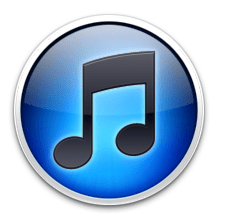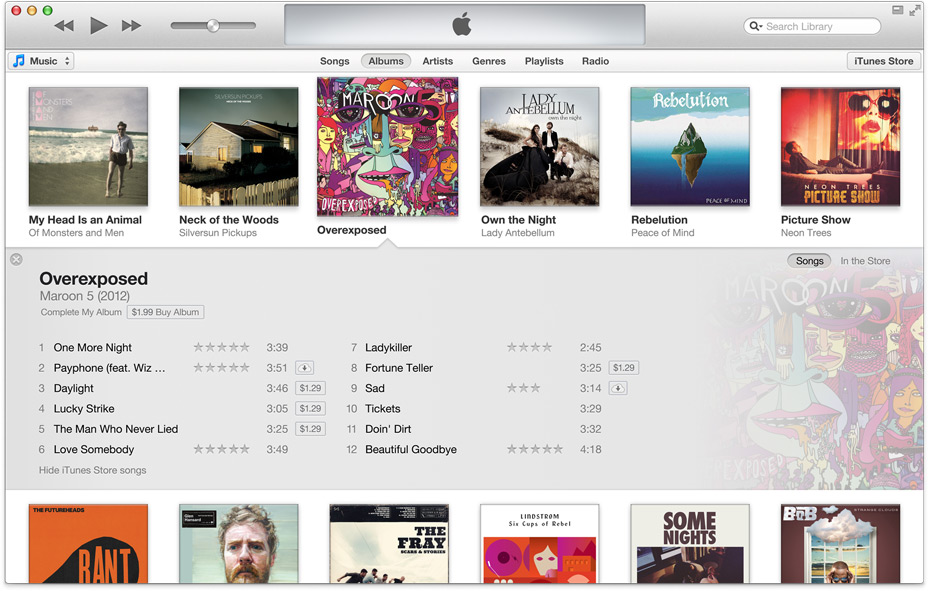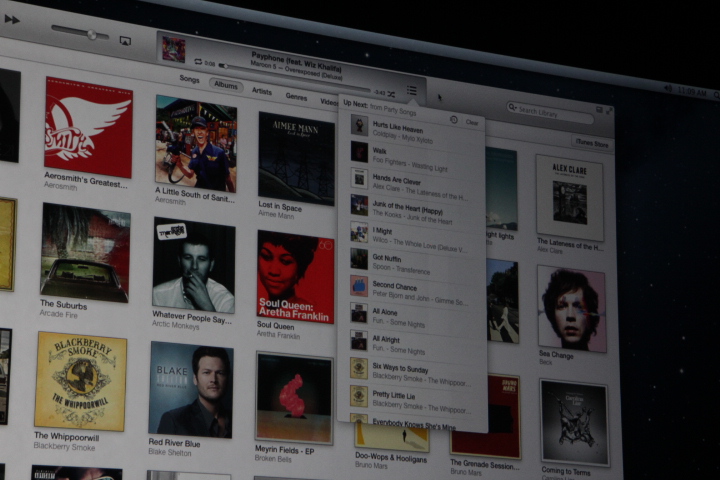These days, there's not a lot of love for small point-and-shoots that don't have long zoom lenses or big image sensors. That's understandable since a 5x zoom such as the one on the Sony Cyber-shot DSC-WX50 doesn't provide that much more range than a smartphone's fixed-lens camera, and its small sensor doesn't improve photo quality enough for enthusiasts.
However, in picture and video quality it's still better than a smartphone because of things like a bright f2.6 25mm wide-angle lens with optical image stabilization and Sony's Exmor R BSI (backside-illuminated) CMOS sensor and Bionz image processor. It doesn't have all the control you'd get from a higher-end enthusiast compact, but it's overflowing with automatic shooting options.
Shooting performance for a point-and-shoot is excellent, too, so if you want something better than your phone, but still small and light enough to take everywhere, put the SX50 on your short list.
Photo quality
With its f2.6 maximum aperture and BSI CMOS sensor, the WX50's photo quality is very good indoors and out. What's disappointing is that photos aren't very sharp, even at its lowest ISO, and they really aren't usable at full size because subjects just look soft and painterly. Basically, you won't want to do any enlarging and heavy cropping, but photos up to ISO 400 look very good and can be printed up to 13x9.
Noise reduction kicks in more at ISO 800, though, which smears details and dulls colors some. There's a noticeable increase in noise and noise reduction at ISO 1600 and ISO 3200, making colors look more washed-out and subjects appear even more painterly; you'll probably want to reserve these two highest sensitivities for emergencies when you need to shoot in low-light conditions or get a faster shutter speed regardless of the results. Forget about using ISO 6400 and ISO 12800; I'm pretty sure they're included just for marketing purposes.
On the other hand, if you're shooting a stationary subject, the WX50's Handheld Twilight mode improves low-light results by reducing noise and blur from hand shake. In fact, there's a mode to help with just about every typical shortcoming of point-and-shoots. You might not be able to make huge prints or do a lot of heavy cropping, but for snapshots the results are excellent.
Part of the reason the WX50's photos are so nice is its color performance. While blues and reds may not be as accurate as other colors, they are bright and vivid. Plus, they're consistent up to ISO 800; above that, things get slightly washed out and muddy-looking. Exposure and white balance are good as well, though highlights tend to blow out. The camera does have shooting options to help with those things.
Movies captured by the WX50 are excellent as well, on par with a very good pocket video camera or high-end smartphone. The 60i frame rate and image stabilization make for some smooth movement, too. You will see some ghosting with fast-moving subjects, though, and things look a little oversharpened on occasion. It won't replace a high-end HD camcorder, but if you'd like a single device for capturing good photos and videos, this is one of the better options available. The optical zoom does work while recording (though you may hear it moving in quiet scenes), and the stereo mic is a nice extra.
 (Credit: Sarah Tew/CNET)
(Credit: Sarah Tew/CNET)
Shooting performance
Editors' note: We recently updated our testing methodology to provide slightly more real-world performance information, so the results aren't necessarily comparable with previous testing. Until we're finished refining our procedures, we will not be posting comparative performance charts.
For its size and price, the WX50 is a fast performer. From off to first shot is 1.5 seconds with a shot-to-shot time of 1 second. Turning on the flash slows the camera down to 4 seconds between shots. Its shutter lag time -- how quickly a camera captures an image after the shutter-release button is pressed -- is excellent at 0.2 second in bright lighting and 0.4 second in dim conditions with less subject contrast; in very low light it goes up to 0.9 second.
 (Credit: Sarah Tew/CNET)
(Credit: Sarah Tew/CNET)
The camera's burst-shooting mode is capable of up to 10 frames per second. However, this burst shooting sets focus and exposure with the first shot, and once you've fired, you're stuck waiting for the camera to save the photos, generally a second or two per photo.
 (Credit: Sarah Tew/CNET)
(Credit: Sarah Tew/CNET)
Design and features
Design is usually one of Sony's strong suits with its point-and-shoots, but it's one of this camera's few weaknesses. It's not that it's an ugly camera or it's too big and heavy; it's actually incredibly small for how powerful it is. And that's the problem: many of the controls are very small and several of them are flat and flush with the body, including the power button. Plus, the mode dial-directional pad combo is slightly frustrating to use and could accidentally move you out of your chosen shooting mode if you're not careful with your thumb.
| Price (MSRP) | $199.99 |
| Dimensions (WHD) | 3.8 inches by 2.1 inches by 0.8 inch |
| Weight (with battery and media) | 4.1 ounces |
| Megapixels, image sensor size, type | 16 megapixels, 1/2.3-inch BSI CMOS |
| LCD size, resolution/viewfinder | 2.7-inch LCD, 640K dots/None |
| Lens (zoom, aperture, focal length) | 5x, f2.6-6.3, 25-125mm (35mm equivalent) |
| File format (still/video) | JPEG/AVCHD (.MTS); MPEG-4 AVC/H.264 (MP4) |
| Highest resolution size (still/video) | 4,608x3,456 pixels/ 1,920x1,080 at 60fps (interlaced; 24Mbps) |
| Image stabilization type | Optical and digital |
| Battery type, CIPA rated life | Lithium ion rechargeable, 240 shots |
| Battery charged in camera | Yes; via USB to AC adapter or computer |
| Storage media | SD/SDHC/SDXC; Memory Stick Pro Duo; Eye-Fi Connected support |
| Bundled software | PlayMemories Home (Windows); Music Transfer (Windows, Mac) |
There are a couple other aspects of the design to be aware of. For Sony's 2012 Cyber-shots that use Exmor R sensors, including the WX50, the camera's battery is charged in the camera via USB. You can charge it by connecting to a computer or the included wall adapter. It's a standard Micro-USB port, so cables are easy to come by. But, if you purchase extra batteries (shot counts are good, but not great) you'll probably want to buy an external charger as well, or just plan ahead.
Like all of Sony's higher-end cameras, the DSC-WX50 has a lot of shooting options that take advantage of its fast Exmor R sensors and Bionz image processors. For those who like to leave it in auto, there are three options: Easy, Intelligent Auto, and Superior Auto. Easy mode takes away all options except for image size (large or small) and enlarges onscreen text. Intelligent Auto picks from 10 scene types and turns on face detection, dynamic range optimization, and image stabilization. Superior Auto takes Intelligent Auto and adds three multishot modes: Handheld Twilight, Anti Motion Blur, and Backlight Correction HDR. While they all work very well, the Superior Auto mode performs best when your subject is completely still.
| ISO sensitivity (full resolution) | Auto, 100, 200, 400, 800, 1600, 3200, 6400, 12800 |
| White balance | Auto, Daylight, Cloudy, Fluorescent white, Fluorescent natural white, Fluorescent day white, Incandescent, Flash, Custom |
| Recording modes | Easy, Intelligent Auto, Superior Auto, Program, 3D Still Image, SCN, Background Defocus, Intelligent Sweep Panorama, Movie |
| Focus modes | Multi AF, Center AF, Spot AF, Face Detection (Adult, Child) |
| Macro | 1.9 inches (Wide); 3.3 feet (Tele) |
| Metering modes | Multi, Center, Spot |
| Burst mode shot limit (full resolution) | 10 shots |
These multishot modes are also selectable as distinct modes in Scene options, along with 13 others such as Soft Skin, Gourmet, Pet, and an Underwater option for use with an optional marine housing.
 (Credit: Sarah Tew/CNET)
(Credit: Sarah Tew/CNET)
There is a Program mode if you want to take more control over your results, but you won't find any semimanual or manual shooting modes; the WX50 is really made for automatic snapshots. That said, Sony gives you a lot of extra auto shooting options, including nine picture effects such as miniature/tilt-shift, HDR, high-contrast black-and-white, 3D stills, and easy pan-and-shoot panoramas.
Conclusion
The Sony Cyber-shot DSC-WX50 gives great value for the money. If you can, I recommend trying it out before you buy; the controls would keep me from buying this camera because they made it less enjoyable to use. If they don't bother you, however, it's an excellent camera.
http://reviews.cnet.com/digital-cameras/sony-cyber-shot-dsc/4505-6501_7-35145367.html?ttag=fbwp

















 In addition to being added to the mini player, the search function has been greatly improved as well. It now has a pop-up interface that returns results for artists, albums and songs with album art for each result.
In addition to being added to the mini player, the search function has been greatly improved as well. It now has a pop-up interface that returns results for artists, albums and songs with album art for each result.










